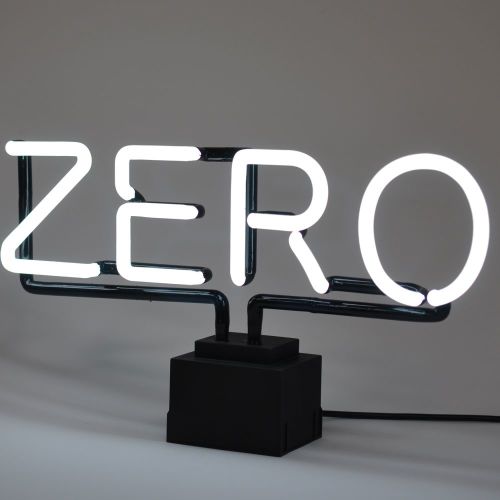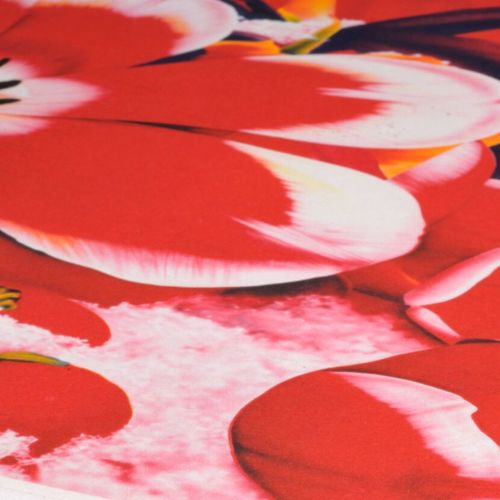Ai Weiwei

Dissident artist Ai Weiwei is famous for conceptual artworks that challenge authority and explore the links between the contemporary world and traditional Chinese culture.
Jia Aili

Jia Aili is a Chinese contemporary artist born in 1979 in Liaoning province, China. His pieces feature the dark side of human progress and warfare, including symbols like gas masks, industrial waste, the hammer and sickle sign, and mushroom clouds.
Refik Anadol
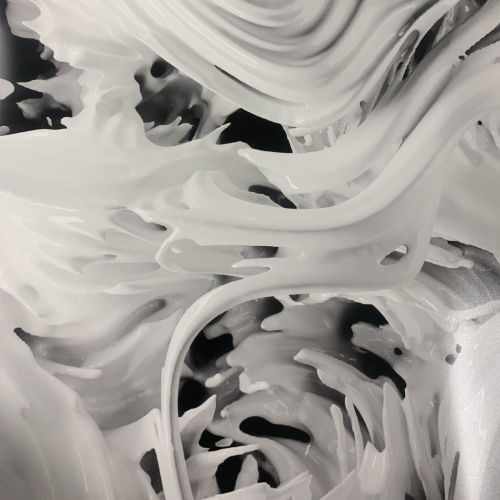
The award-winning New Media artist Refik Anadol explores the potential of artificial intelligence, using machine-learning algorithms to transform vast datasets into highly sensory aesthetic experiences.
El Anatsui

In his sculptures and installations, El Anatsui transforms simple, everyday objects into grand, totemic assemblages.
Donald Baechler

Donald Baechler, a member of the East Village art scene in 1980s New York, is known for his painting-collage-drawing works depicting of childhood imagery and nostalgic ephemera like grammar school primers, old maps, and children’s drawings, or purposely cliché motifs such as a skull, a rose, a globe, and a soccer ball.
Maurizio Cattelan

Maurizio Cattelan’s playful, provocative conceptual practice skewers the conventions of art, institutions, and contemporary value systems at large.
Christo

Christo became famous for his monumental collaborations with his wife and creative partner, Jeanne-Claude.
Brian Clarke

Brian Clarke was born in 1953 in Oldham, England. Even though he is widely considered the most important contemporary artist in stained glass practice, he has exercised with a wide range of different media: paint, sculpture, mosaic, drawing, collage, and tapestry among others.
Peter Doig
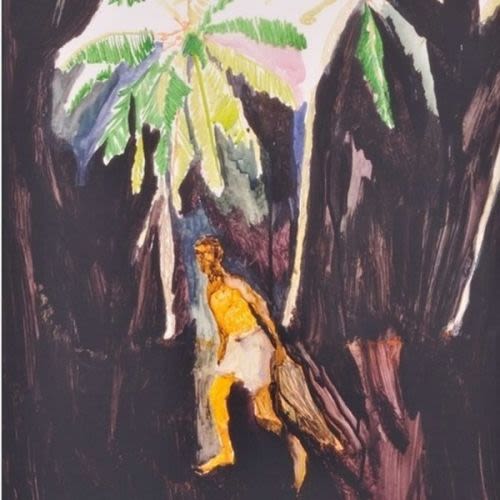
Peter Doig’s serene, fantastical paintings feature kaleidoscope landscapes punctuated by enigmatic, partially obscured figures.
Marlene Dumas
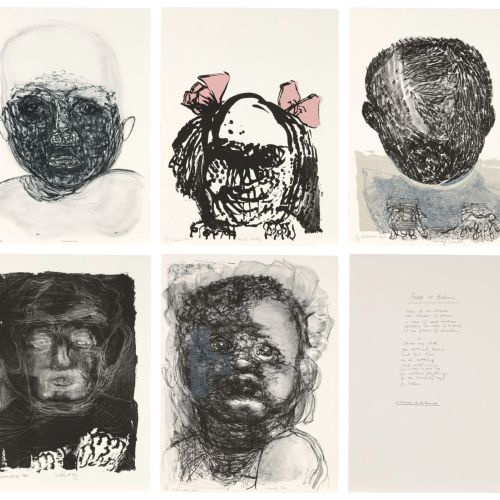
Marlene Dumas is a South African artist and painter currently based in the Netherlands whose figurative work have earned her a place among the most influential painters of the 20th and 21st Centuries.
Tracey Emin

Tracey Emin’s poetic, confessional practice spans film, painting, neon, embroidery, drawing, installation, and sculpture.
Brian Eno

Brian Eno is a British musician, composer, record producer and visual artist known as one of the main innovators of ambient music and generative painting.
Douglas Gordon

Throughout his diverse practice—spanning photography, video, performance, sound, and text-based work—Douglas Gordon recontextualizes familiar images and artworks, distorting time, language, and other aesthetic aspects to challenge viewers’ perception, expectation, and memory.
Wang Guangle

Conceptual art pioneer Wang Guangle was born in Fujian Province, China, in 1976 and graduated from the Central Academy of Fine Arts in Beijing in 2000. There he began exploring the potential of texture and painting surfaces, which later translated into his minimalist monochrome painting practice.
Peter Halley

Peter Halley is a painter and printmaker born in New York in 1953. Associated with the Minimalist, Neo-Geo, and Neo-Conceptualist movements, he is best known for his brightly colored geometric abstractions, which he started painting in the 1980s and which he calls “prisons” and “cells”.
Damien Hirst

Damien Hirst, a poster boy for the Young British Artists who rose to prominence in late 1980s London, is one of the most notorious artists of his generation.
David Hockney
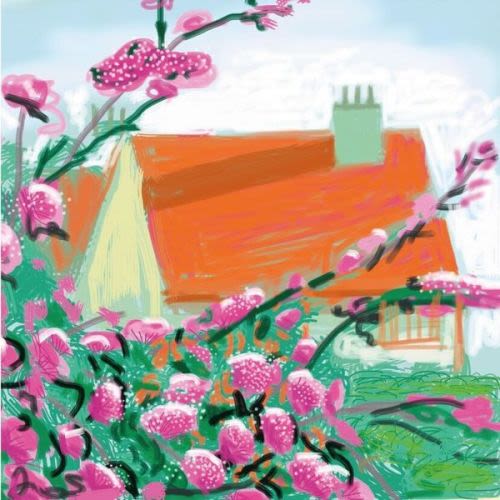
A pioneer of the 1960s British movement, David Hockney is one of the most celebrated and prolific artists of the 20th and 21st centuries.
Candida Höfer

In majestic large-format color photography, Candida Höfer captures the psychological residue left behind in empty public and institutional spaces.
Robert Indiana

Robert Indiana is most famous for his iconic “LOVE” image, which has appeared across media including sculptures, prints, and paintings and epitomizes the artist’s graphic, predominantly text-based Pop art practice.
Alex Katz
With flat planes of rich, lovely color, Alex Katz’s landscapes and portraits evoke the smooth aesthetics of advertising billboards and film.
Yves Klein

Yves Klein is famous for his explorations into pure color—blue in particular. Employing only his signature, patented pigment, International Klein Blue, the artist made iconic monochromes that aimed to bring art into the realm of pure, atmospheric feeling.
Jeff Koons

One of the most famous artists working today, Jeff Koons makes gleeful, tongue-in-cheek sculptures, paintings, and installations that border—and often cross—the edge of good taste.
Friedrich Kunath
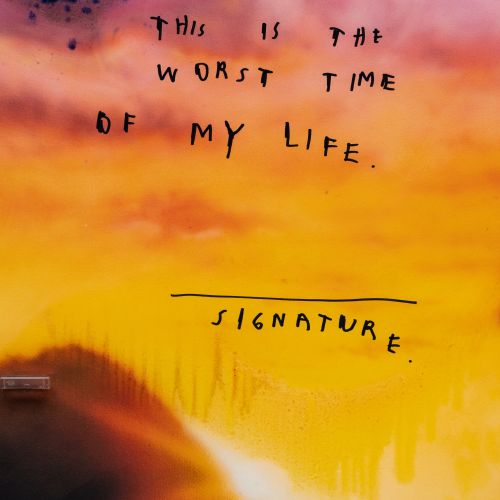
German artist Friedrich Kunath reimagines romanticism in dreamlike compositions, while saturating his art in irony, nostalgia and pathos.
Sol LeWitt

Sol LeWitt famously stressed the importance of the ideas that animated his artwork over the particulars of their execution.
Annie Leibovitz

One of the most influential photographers of our time, Annie Leibovitz was born in 1949 Waterbury, Connecticut and she is most renowned for her iconic celebrity portraits.
Robert Longo

Robert Longo is known for large-scale, hyperrealistic charcoal portraits that consider power, authority, and social unrest.
Otto Piene
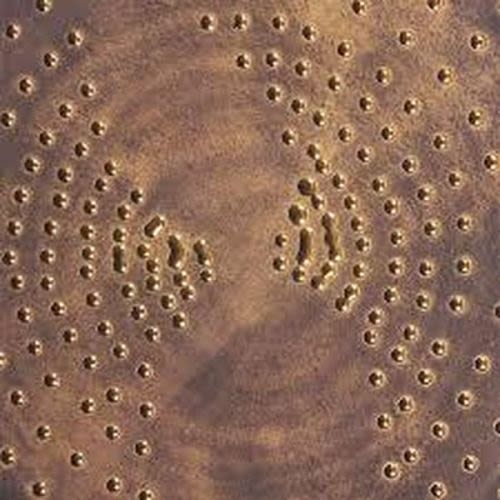
Otto Piene, co-founder of the Düsseldorf-based Group Zero, made highly experimental, process-based artworks that embraced unconventional materials including smoke, fire, and light.
Richard Prince

Perennially provocative, Richard Prince has blazed new trails for photography with his explorations of appropriation, identity, and the meaning of images in a mass-media culture.
Walid Raad
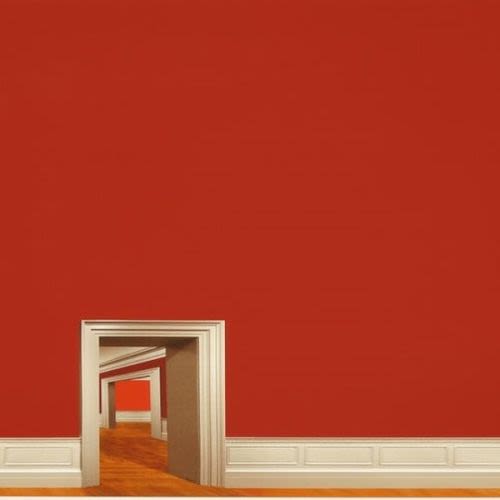
Walid Raad works across installation, performance, video, and photography in order to grapple with the legacy of the Lebanese Civil War; memory, loss, carnage, and dizzying acts of reconstruction are all major motifs.
Gerhard Richter

One of the most famous artists to emerge from post-war Germany, Gerhard Richter is known for his prolific, varied, and widely influential painting practice.
Tom Sachs

Tom Sachs (USA, born 1966) is an American contemporary artist who lives and works in New York City.
Collin Sekajugo
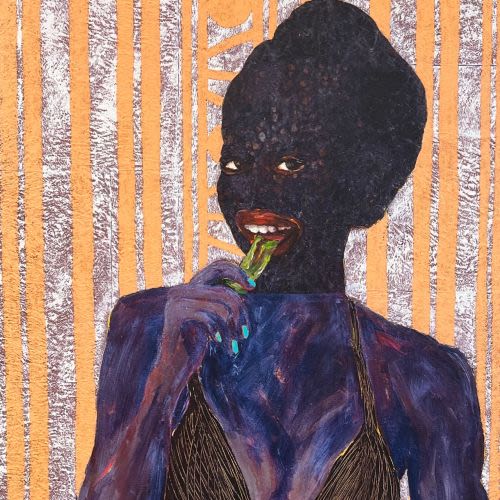
Ugandan-Rwandan Collin Sekajugo’s artistic practice examines and questions the notion of personal identity in a self-absorbed contemporaneity by re-imagining subjects from visual, oral and digital culture.
Park Seo-Bo

Park Seo-Bo (1931-2023) was a pioneering figure in Korean contemporary art and a leading artist of the Dansaekhwa movement (1960s-1980s). Dansaekhwa emerged in postwar Korea, blending elements of Korean artistic heritage with Western abstraction and gaining international recognition for its emphasis on materiality, process, and meditative repetition.
Chiharu Shiota

Best known for her delicate, mixed-media web-like composition combined with everyday items, Japanese artist Chiharu Shiota’s oeuvre, explores fundamental human concerns such as life, death and relationships.
Sarah Slappey

Sarah Slappey paints grotesque surrealistic compositions populated by contorted hands, limbs, and breasts that have earned her attention and acclaim.
Thomas Struth
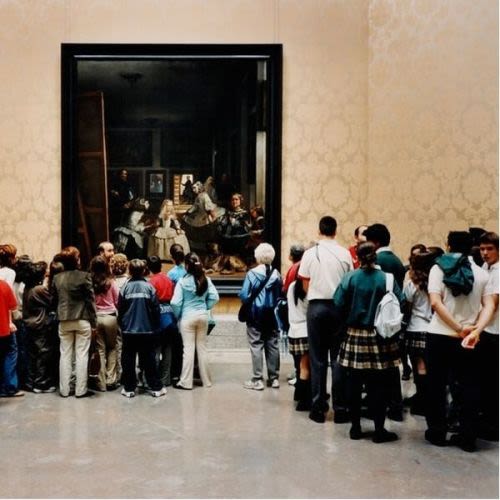
Thomas Struth’s mesmerizing, large-format photographs capture the wonders of nature, machinery, architecture, and contemporary life itself.
Donald Sultan

Donald Sultan’s large-scale still-life paintings feature semi-abstract compositions and unique materials: The artist has used tar, spackle, enamel, Masonite, and vinyl floor tiles to create his minimalist renderings of flowers, fruits, and other natural forms.
Mickalene Thomas
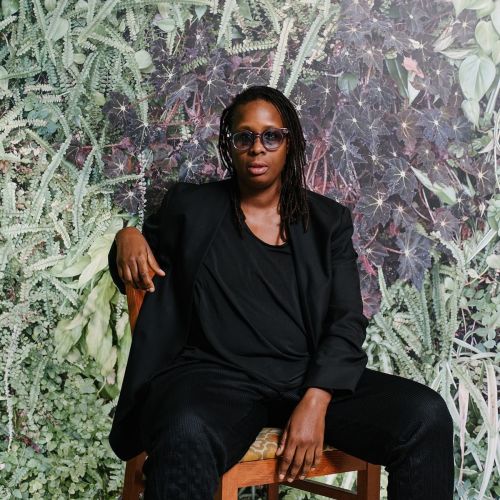
Mickalene Thomas is a contemporary artist celebrated for her powerful explorations of identity, femininity, and cultural heritage. Thomas was born and raised in New Jersey and currently resides and works in New York.
Cy Twombly
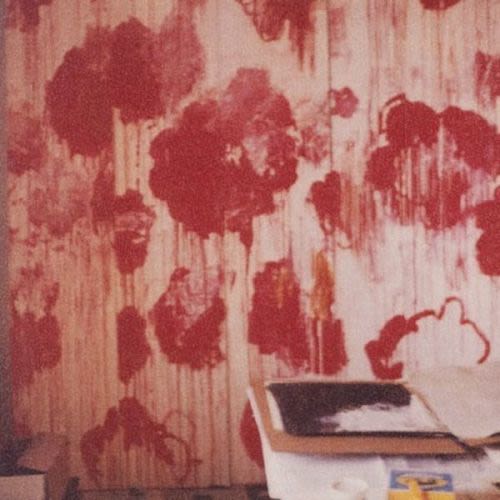
Cy Twombly’s idiosyncratic style incorporated expressive drips, frenetic scribbles, and gestural, calligraphic linework into lyrical abstractions.
Manolo Valdés

Manolo Valdés (1942, Valencia, Spain) has developed a distinctive style that explores history without taking away from the original subject.
Joana Vasconcelos

Evoking the 1960s Nouveau Réalisme movement, Marcel Duchamp’s readymades, and the symbolic, tactile constructions of Louise Bourgeois and Eva Hesse, Joana Vasconcelos threads everyday objects and materials together in her assemblages, which comment on womanhood, nationality, and consumerism.
Bernar Venet

Bernar Venet is a Conceptual artist best known for his versatility in multiple mediums, including painting, drawing, sculpture, installation, as well as stage design and musical composition.
Wang Guangyi
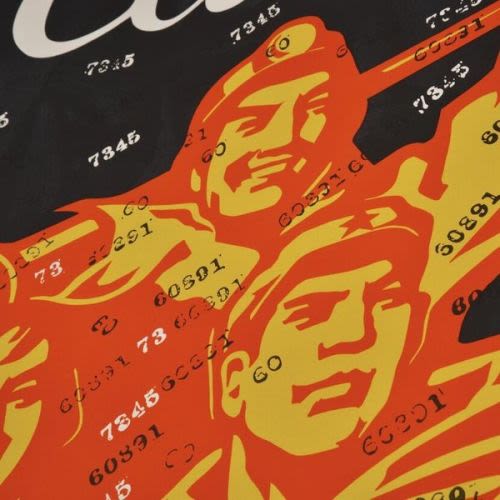
Wang Guangyi repurposes historical Chinese propaganda into paintings that poke fun at the intersection of China’s communist history and the rise of Western influence.
Andy Warhol
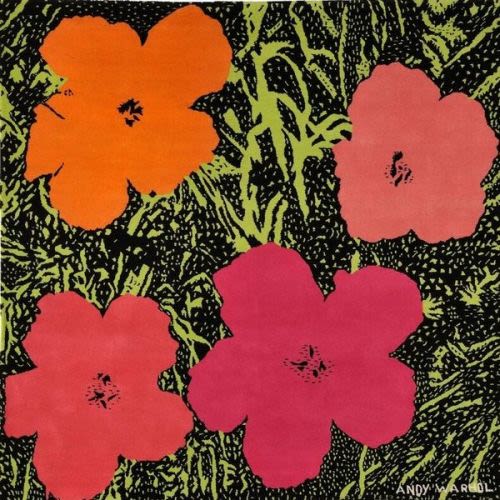
Obsessed with celebrity, consumer culture, and mechanical reproduction, Pop artist Andy Warhol created some of the 20th century’s most iconic images.
Rachel Whiteread

With industrial materials such as plaster, resin, rubber, and concrete, Rachel Whiteread makes ghostly casts of the spaces surrounding common objects and architecture as she meditates on memory and permanence.
Erwin Wurm

Erwin Wurm expands contemporary notions of sculpture with humorous works that often invite viewer participation or anthropomorphize everyday objects.
Yue Minjun

In fantastical paintings populated with heightened, hysterical self-portraits, Yue Minjun satirizes contemporary society and art historical tropes.
Zhang Xiaogang


